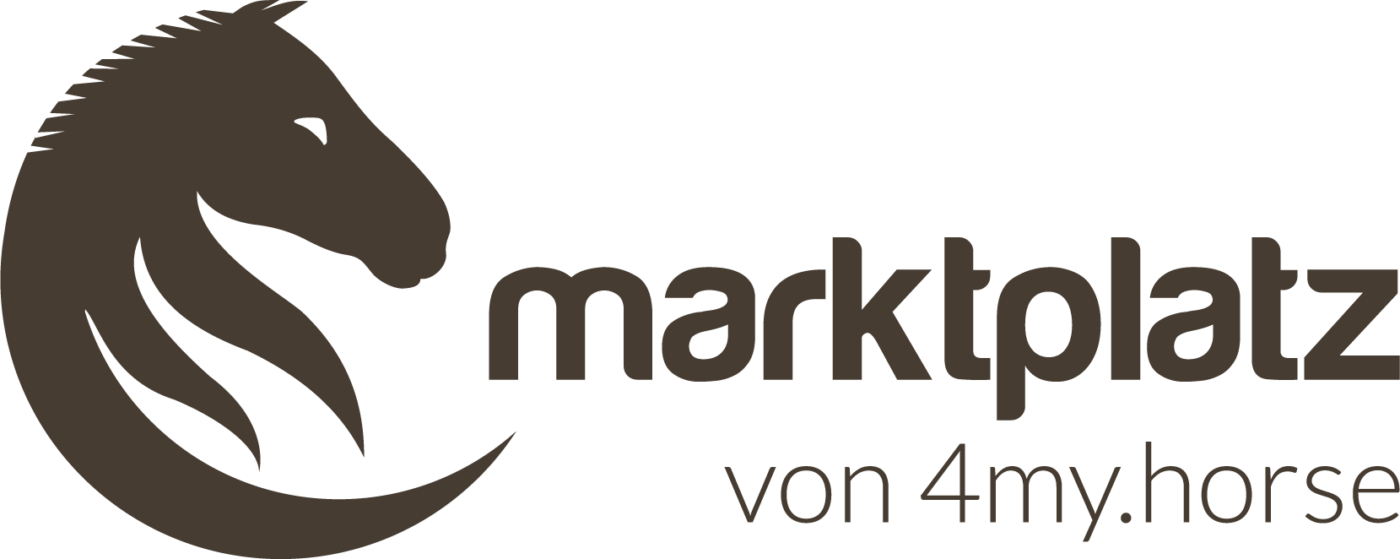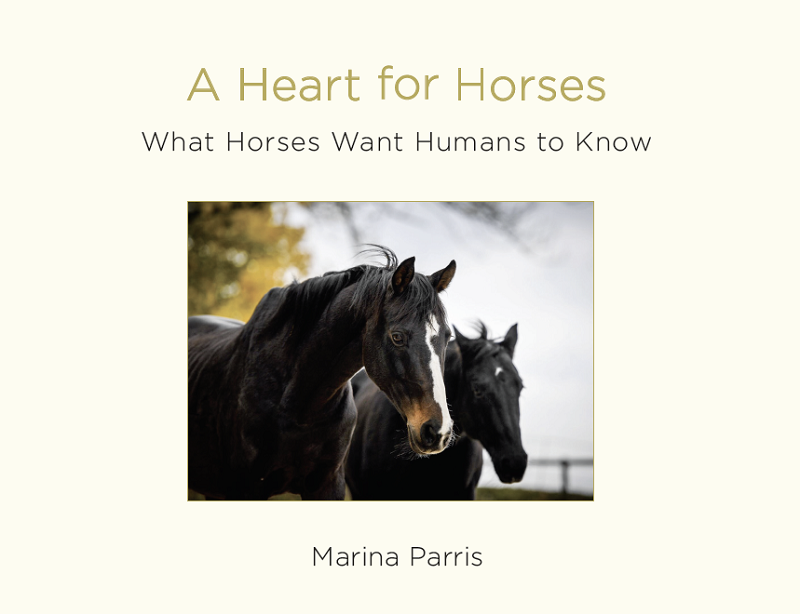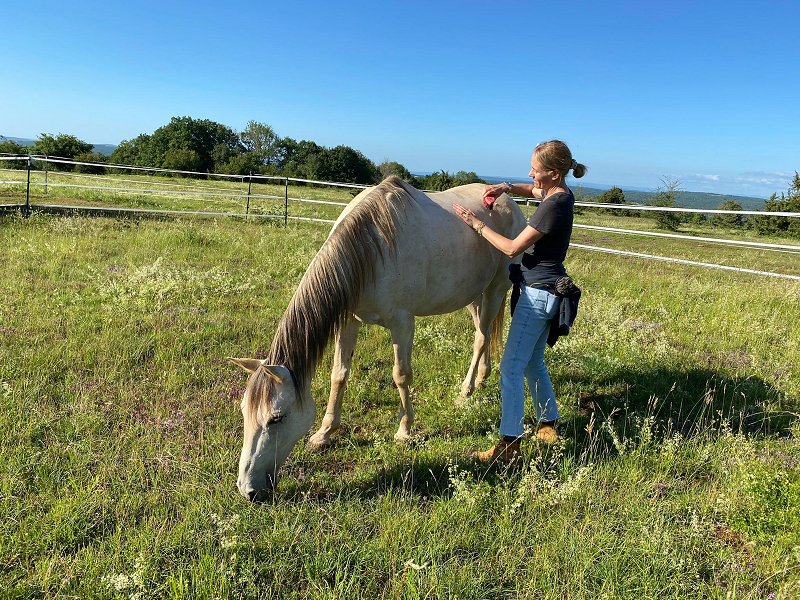Produktneuheiten
Buchneuerscheinung: A Heart for Horses
A Heart for Horses
What Horses Want Humans to Know
Excerpt from the book „A Heart for Horses“
Acceptance
So how can you tell when your horse accepts or approves of what you are doing? Acceptance takes place in the horse’s mind and is reflected in its body. Its body will be relaxed and its eyes soft. Your horse will move smoothly and feel good to you. It’s like having a good dance partner.
The difference between acceptance and tolerance is quite easy to see when horses are being groomed or have to stand still and wait a few minutes. I have seen so many horses that just tolerate grooming, because if they resist they get in trouble with the rider. If a horse is talking to you and you don’t listen, it makes it hard for a horse to truly accept you. Maybe it’s just trying to tell you that a certain brush or the way you are grooming doesn’t feel good.
The difference between acceptance and tolerance
We can also see the difference between acceptance and tolerance when teaching a horse to stand still and wait. Stopping usually isn’t the problem, but waiting is. Just because a horse is standing still physically doesn’t mean it means it’s standing still mentally, in its head. You can easily see this in its body language; the horse is tense, its head is up and it’s looking around. In this state, the horse is more or less tolerating the situation. If the head is high and the horse is looking around, it’s usually just waiting for you not to pay attention for a moment so it can walk off and move its feet.
It may take a few repetitions of teaching the horse to wait until you say it’s okay to walk off. If a horse who is still in the learning process is nervous, you need to wait for the one second when it focuses on you and then walk off together with the horse. Always keep in mind what behavior you desire. If you’d like the horse to check in with you to see if it’s okay to walk off, then you want to reward this behavior. Should it walk off without checking in, don’t give in just because it’s easier to do so. Stop the horse and wait for it to relax and focus on you, and then walk off together.
When horses are tense while being groomed, led or ridden, or simply when they are in the presence of people, often they are just tolerating the interaction with the human. It’s the same as when you may just be tolerating your boss at work; you’d rather work for someone else, but you simply have to deal with the situation until you can change things. It’s the same for horses. There will always be situations that both horses and people have to put up with, but these should be the exceptions and not the rule.
The most common sign of tolerance
The most common sign of tolerance is when a horse swishes its tail. The horse is saying, “Okay, I’ll do it, but something about your asking is not okay with me.” Maybe your timing was off, or you were unbalanced or unclear. It’s important to note that when a horse is merely tolerating a person, it’s difficult for it to focus on much else because of the inner resistance toward what it’s being asked to do. You want to have a horse in an open frame of mind, willing to listen to what you’re asking it to do.
Just as important as your horse accepting you as a friend, leader and rider, you want to make sure it also accepts the saddle (its placement, type of cinch), the bit (how it’s worn and used as a form of communication) and any aids you use, such as a crop. It must never be afraid of any aid. I’ve seen horses move away as soon as someone lifted a crop—not a good sign. This often indicates the horse associates the crop with an unpleasant experience. Ideally, the crop is merely seen an extension of your arm by your horse. This means you can stroke the horse all over its body with the crop as you could with your hand.
To move from tolerance to acceptance, you need to be aware of how and what you are doing and present things in a way that is suitable to the horse. Like a great dancer, everything must be done with feel and be fine-tuned based on the horse’s reaction. When something feels good to your horse, it will enjoy the time with you; otherwise, it will prefer to be back at the stable with the other horses.
“If you get ahead of him, it is just tolerance and not acceptance. If push comes to shove, he will take over instead of filling in for you.”
—Ronnie Willis
A Heart for Horses
Table of Contents
- My Inspiration.. 6
- My Journey. 7
- My Horses. 9
- The Horse-Human Partnership. 12
- The Needs of Horses. 13
- You and Your Horse. 15
- Your Journey. 18
- Final Thoughts. 73

Your Journey
- Acceptance. 18
- Approach. 20
- Attitude. 22
- Balance. 22
- Belief. 24
- Breath. 24
- Comfort. 25
- Communication. 26
- Confidence. 32
- Connection. 33
- Curiosity. 35
- Dignity. 36
- Emotions. 36
- Energy. 41
- Feel 42
- Focus. 43
- Freedom.. 44
- Fun. 45
- Give and Take. 45
- Goals. 46
- Growth. 47
- Hanging Out. 48
- Harmony. 49
- Leadership. 50
- Learning. 53
- Love. 54
- Partnership. 54
- Presence. 55
- Present Moment. 56
- Problems. 57
- Purpose. 58
- Questions. 59
- Respect. 59
- Responsibility. 60
- Reward. 61
- Saddle. 63
- Safety. 63
- Space. 64
- Stories. 65
- Teaching. 66
- Time. 67
- Timing. 68
- Trust. 70
- Understanding. 71



